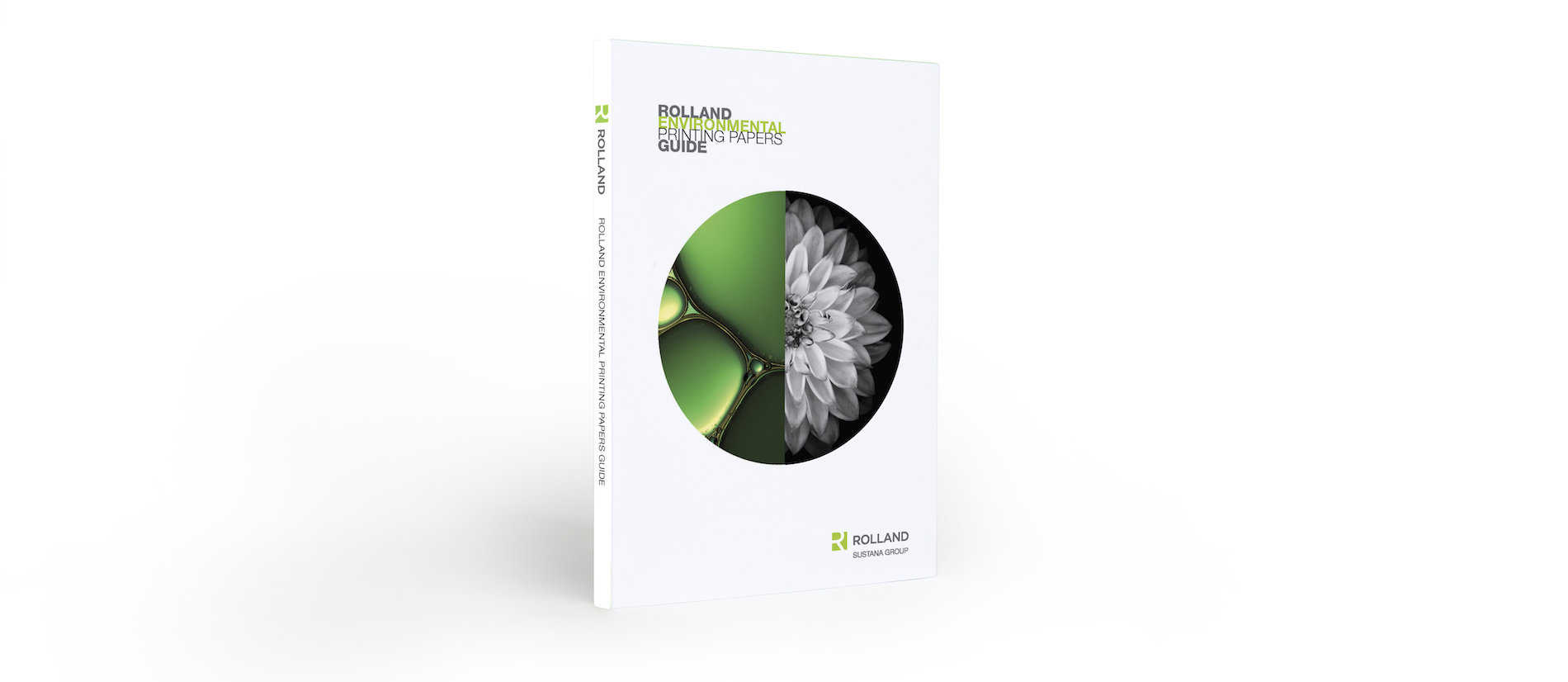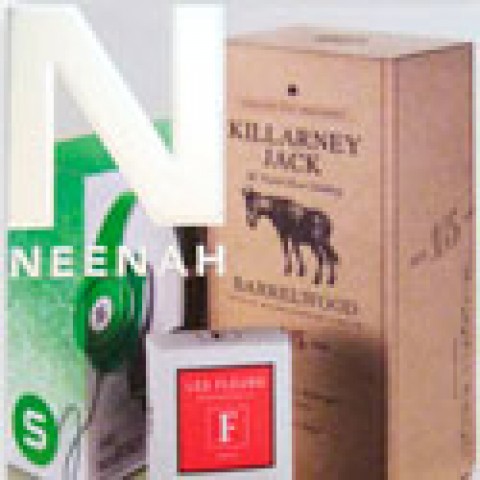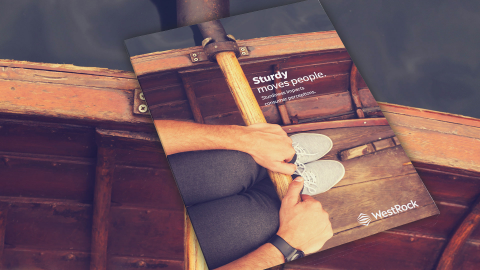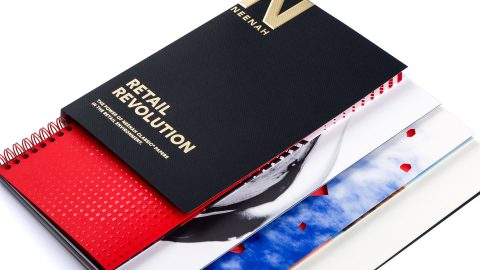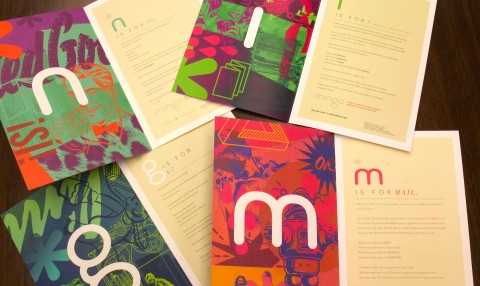Spotlight: Rolland
Have a client who wants to make their publications, packaging or direct mail as environmentally friendly as possible? Or maybe you just like to specify such sheets whenever you can. Either way, you’ll be amazed at just how much better your work looks when you know the facts about uncoated recycled paper BEFORE you’ve even begun designing your piece. The Rolland Environmental Printing Papers Guide packs a wealth of useful tips and information in 106 pages, while making a smart argument for using Rolland’s sustainable papers – which contain up to 100% post-consumer content – in the process.
First Things First
Before we dive too deeply into the subject, it might help to define our terms first. The Guide does this in great detail; for right now, however, this is all you need to know.
- Post-consumer reclaimed material is derived from a consumer or commercial product that’s been used for its intended purpose already.
- Pre-consumer reclaimed material comes from a process of secondary manufacture – basically it’s a byproduct of making something.
Only recycled paper made with post-consumer reclaimed material, such as Rolland’s line of popular papers, embodies the circular economy – manufactured from recycled products that have served a useful purpose and then recycled again.
Proven Tips for Getting the Best Results
The Guide is full of easy-to-understand information that can help you maximize print quality with Rolland’s uncoated post-consumer papers.
You’ll find insights into selecting the most appropriate surfaces and basis weights for a given project, pre-press and screen ruling guidelines, and essential pressroom information on inks and drying.
All this will help you take full advantage of the high levels of whiteness, brightness and opacity in Rolland papers that make for vibrant colors and sharp reproductions of photos and illustrations. (That clients will also meet their sustainability goals by using post-consumer paper is a wonderful bonus.)
This handy publication also demystifies the technical properties of uncoated paper, spotlighting its advantages. For example, did you know that while uncoated paper is generally thicker than a coated sheet of the same basis weight, it is not necessarily heavier? As a result, specifying uncoated paper can help you solve those perplexing weight and cost challenges, particularly when it comes to direct mail.
Determine Your Paper Before You Design
The all-important relationship between paper selection early in a project is also covered in great detail. For example, uncoated paper absorbs more ink than coated paper, so you can optimize printing and minimize dot gain from deeper ink penetration by using the right color profile – which also depends on the paper format and press used. It is critical to prepare pre-press documentation specifically for uncoated paper, and choose a paper that is well-suited to photos or illustrations, to minimize ink saturation.
A major section of The Guide also covers technical printing tips for three popular products: Rolland Enviro Print and Rolland Enviro Satin (100% post-consumer), and Rolland Opaque (30% post-consumer). It includes striking visuals comparing stochastic vs. conventional screening, conventional offset vs. UV printing, and RGB vs. CMYK.
Mythbusters: Sustainability Edition
The Rolland Environmental Printing Papers Guide is particularly eloquent in dismantling myths that still plague paper use to this day. And because the information comes from one of the most knowledgeable companies in the world on the topic of paper and sustainability, you can rest assured that it’s based on the absolute latest research. Does Rolland really walk its talk? How’s this: Its environmental footprint is THE smallest of any North American paper mill, thanks in part to its smart usage of renewable energy – biogas – to run its operations.
What kind of myths does it take on? The biggest one, perhaps, is that people want to switch to digital communications. The fact is that many consumers value, and even prefer, paper-based communications. In a 2015 Two Sides survey, 88% of respondents claimed to better understand, retain and use printed information over the digital variety.
The Guide also debunks the myth that electronic communication is more environmentally-friendly than print. Rather than asking which is better – electronic or print communication, especially on post-consumer paper – Rolland believes a more thoughtful approach is to decide which combination of the two has the least environmental impact while still meeting social and economic needs.
So, are you ready to discover new techniques that will make your clients look good while they do the right thing? You really need to get the Guide.
[CLOSED] Enter to win one of 100 printed copies of The Rolland Environmental Printing Papers Guide right now! Hurry, contest ends Oct. 4th! (North American inquiries only, please.)

